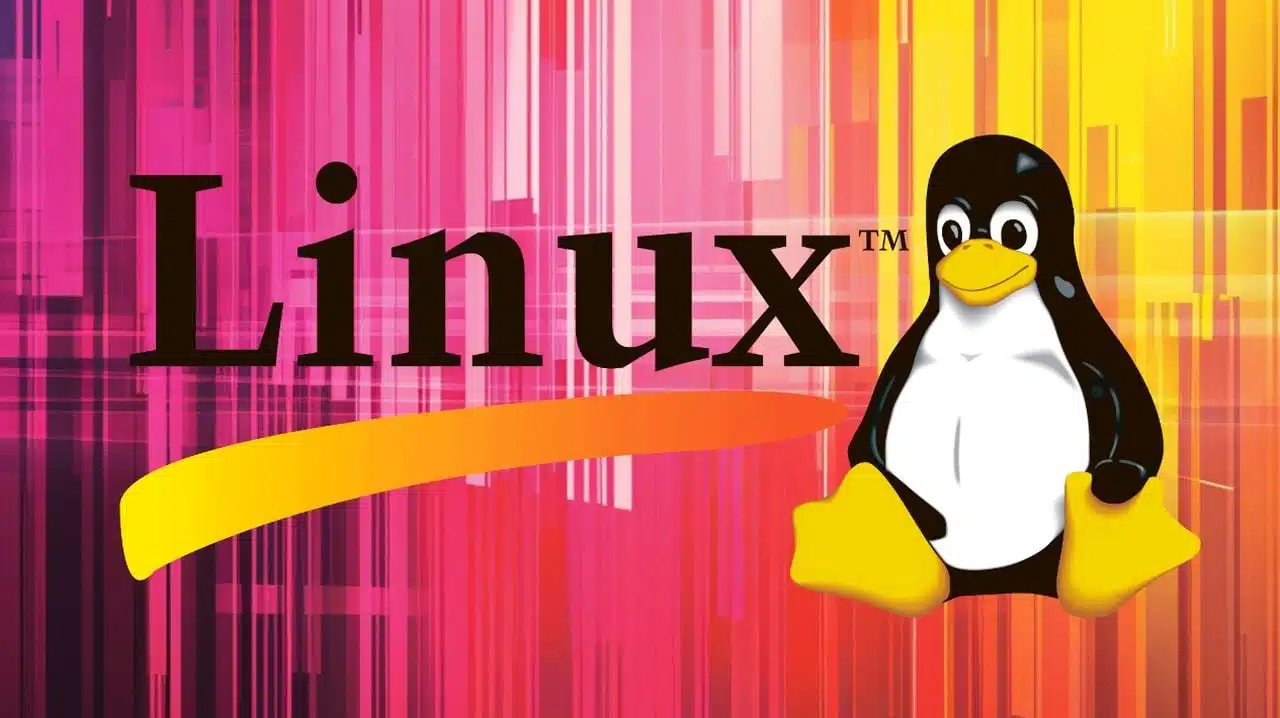If you experience any difficulty in accessing content on our website, please contact us at 1-866-333-8917 or email us at support@chicagovps.net and we will make every effort to assist you.

1:32 pm September 2, 2024 By Julian Horsey
Ever felt like your computer is holding you back or your privacy is being abused? Have you ever wondered if there’s an alternative to the constant updates and sluggish performance of Microsoft Windows? Many Windows users are now turning to Linux for its flexibility, control, and ability to breathe new life into old hardware. But where do you start? This guide by Explaining Computers will answer all your questions and help you navigate the transition from Windows to Linux smoothly and confidently.
Switching from Windows to Linux can be a transformative experience, opening up a world of new possibilities and empowering you with greater control over your computing environment. But selecting the right Linux distribution, testing Linux on your hardware, and the installation process is surprisingly easy.
There are several compelling reasons to consider making the switch from Windows to Linux:
Transitioning to Linux requires careful consideration of your essential software and their compatibility with the new system. Although Linux doesn’t support Windows apps out-of-the-box, numerous Linux-friendly alternatives are available, many of which are free and open-source.
Several widely-used Windows applications have equivalent versions for Linux, including LibreOffice, Chromium, Firefox, Thunderbird, GIMP, Krita, Inkscape, Audacity, Kdenlive, and Blender. Furthermore, cloud-based applications such as Google Docs and Microsoft 365 operate flawlessly in Linux, facilitating a seamless adaptation for your work-related activities.
In instances where it’s necessary to use certain Windows-only applications, Linux offers compatibility layers like Wine and various virtualization tools that provide the ability to run Windows applications within the Linux environment, offering versatility and easing the transition process.
Explore additional resources from our comprehensive library on the topic of Linux:
Choosing the correct Linux distribution is crucial when making the switch from Windows. Recommended options for those accustomed to Windows include:
These distributions include essential applications like a web browser, media players, and the LibreOffice suite right from the start, ensuring all necessary tools are available immediately.
To test these distributions without installing them, you can create a live USB drive. This enables you to boot Linux from the USB, allowing you to try out the operating system without altering your computer permanently.
Before transitioning to Linux, verify that your hardware is compatible and works well with the operating system. Testing Linux on your hardware can be done by creating a live USB drive with an ISO file using imaging tools like Balena Etcher or Rufus.
Testing Linux on your hardware before making a full switch can be done effectively through a live USB drive. This method allows you to check if the trackpad, Wi-Fi, printers, Bluetooth devices, webcam, and scanner work properly with Linux. This preliminary testing ensures that you don’t face hardware compatibility issues after installation.
Another method to test Linux is by setting up virtual machines on your Windows OS. This creates a separate and secure environment where you can experiment with Linux without impacting your main system.
If you decide to install Linux, ensure that you back up all crucial data and files. This step is important to avoid data loss during the OS transition.
To install Linux, start your computer from the live USB you prepared. Follow the instructions on the screen during the setup process offered by the Linux installer. You can choose to either completely replace Windows with Linux or install Linux alongside Windows, allowing you the choice of operating system at startup.
After completing the installation, ensure you undertake necessary post-installation tasks. These tasks involve restoring your backed-up files to the new Linux system, setting up essential printers and peripherals, and installing any other software that you may need.
Moving to Linux marks a thrilling venture that not only unlocks various capabilities but also gives you control over your digital computing environment. With this detailed guide, you can seamlessly go through the transition and maximize the benefits of your Linux setup.
Ensure you set aside ample time for trial, exploration, and acclimation before fully committing to the switch. Look for more resources, guidance, and support from the community to enhance your experience with Linux and exploit its vast possibilities. Embrace the robustness, adaptability, and liberation Linux provides as you commence a revolutionary journey in the realm of open-source software.
Media Credit: ExplainingComputers
Latest Geeky Gadgets Deals
ChicagoVPS is your gateway to unparalleled hosting solutions. Our state-of-the-art datacenters and powerful network ensures lightning-fast speeds and uninterrupted connectivity for your websites and applications. Whether you’re a startup looking for scalable resources or an enterprise in need of enterprise-grade hosting, our range of plans and customizable solutions guarantee a perfect fit. Trust in ChicagoVPS to deliver excellence, combining unmatched reliability and top-tier support.
For Inquiries or to receive a personalized quote, please reach out to us through our contact form here or email us at sales@chicagovps.net.
